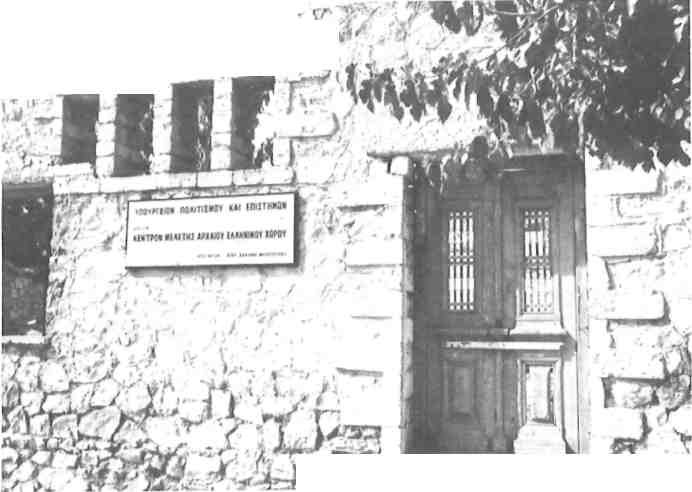A chariot approached from the distance carrying a group of people dressed in classic tunics. The boys stood gaping as it swept past like a mirage from the past. Vassos Kanellos began to run after it and when the chariot came to a halt he accepted the Duncans’ invitation to join them. Isadora’s classic features, chestnut hair and flowing robes enchanted the young Vassos. Her long scarf, white and sheer, blew against his face and he thought he felt ‘the touch of a goddess’. When she asked him if he would like to join the chorus of boys that she was organizing, he leapt at the offer.

Thus it was that the young Vassos Kanellos became associated with Isadora Duncan, performing with her in Greece and in the major capitals of Europe. He became her disciple and continued his dancing career here and The Duncans’ favourite haunt soon became the ancient Theatre of Dionysus On the south side of the Acropolis. Here the family would dance, sing, or read aloud from the classical Greek tragedies. One night some Athenian boys, who had been watching with curiosity as the Duncans performed in ancient Greek dress, joined in the singing. The Duncans decided to organize an ancient chorus of modern Greek boys; they held a choregic contest not far from the ancient choregic monument that still stands above the his second wife. Surrounded by Isadora memorabilia which includes some of her costumes, her scarves, hundreds of drawings and photos, as well as small personal possessions and even a lock of her hair, Mr. and Mrs. Kanellos are devoting much of their time trying to save the Duncans’ house near Hymettus, hoping to see it converted into a school and museum of dance to which they can bequeath their collection.
Although the Ministry of Culture, as well as several individuals and foundations, have shown interest in the project, it would appear that no funds have been secured because the house stands abandoned and half in ruins, without even a fence to protect it from vandalism. So far only a sign has been placed by the Ministry to mark the house. If the project does not materialize, Kanellos will most likely submit to the urgings of some of his former students in America and give his collection to a museum in Oakland, California.
Yet this seems a pity, for Isadora Duncan’s creative imagination was surely fired by Greece, although, like that of the ancient Greeks, her art was not merely imitative, but creative and original. The only remaining symbol of that inspiration in Greece is her house on the hillside of Hymettus. Unless some action is taken soon, that symbol will soon vanish forever.







